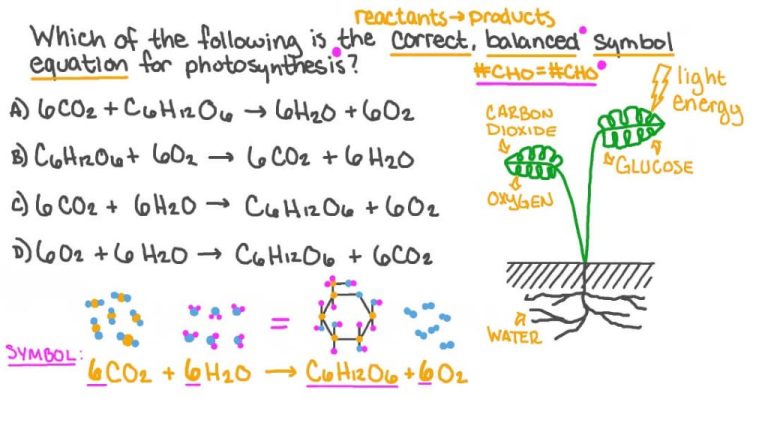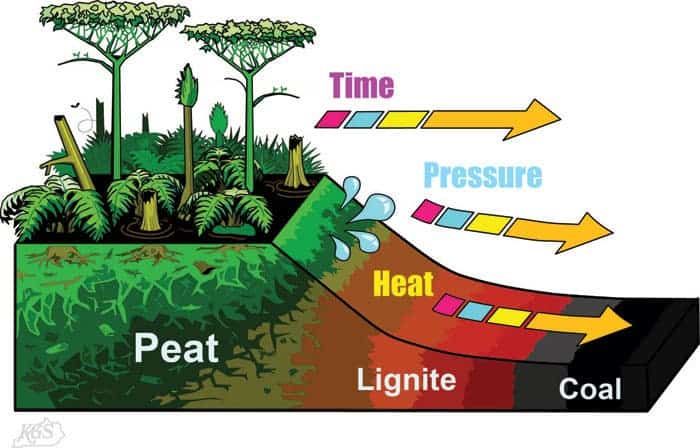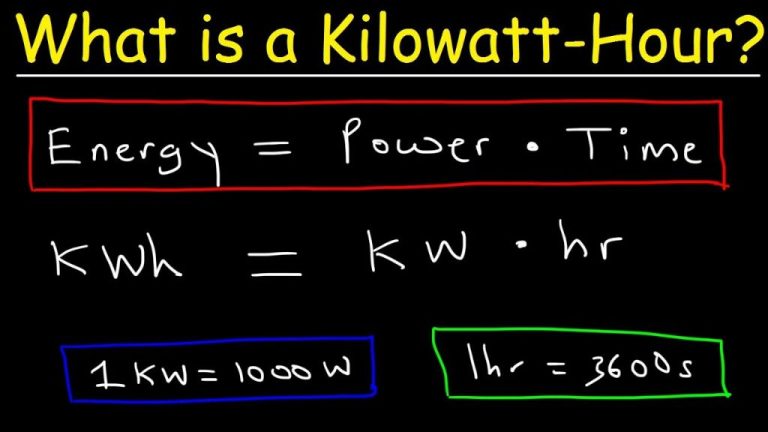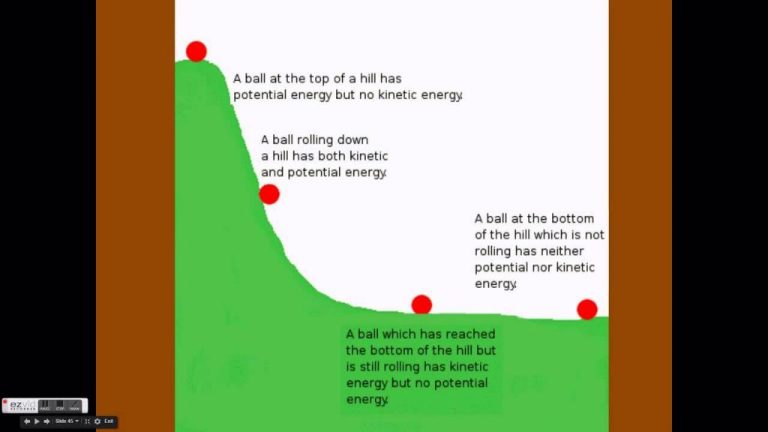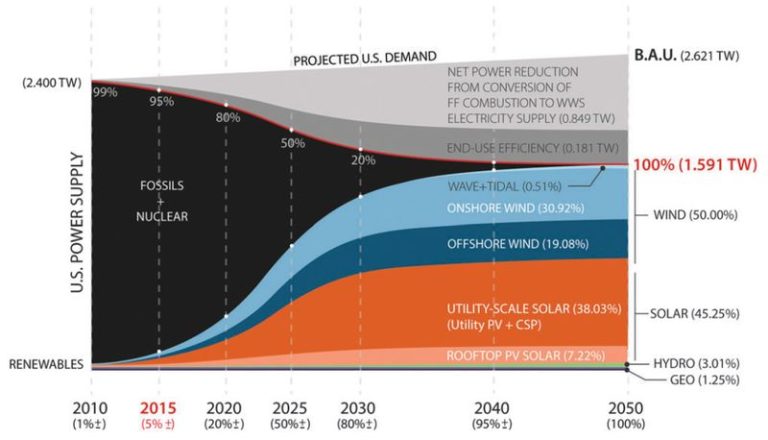What Devices Store Energy?
Energy storage devices are technologies that can capture energy produced at one time for use at a later time. They provide a valuable solution for storing excess electricity from renewable energy sources like solar and wind power, which produce intermittent power based on weather conditions. Energy can be stored in the form of chemical, electrical, kinetic, and potential energy for later use when needed.
Some common types of energy storage devices include batteries, capacitors, fuel cells, flywheels, compressed air, pumped hydro storage, thermal storage, hydrogen storage, and more. Each technology has its own advantages and ideal applications. In this article, we will provide an overview of the main categories and examples of energy storage devices.
Batteries
Batteries are electrochemical devices that store energy in the form of chemical energy and convert it into electrical energy. They work by housing one or more electrochemical cells that undergo redox reactions. Each cell contains a positive electrode (cathode), a negative electrode (anode), an electrolyte that allows ions to move between the electrodes, and a separator that prevents electrical contact between the electrodes.
During discharge, the anode undergoes oxidation, releasing electrons that flow through an external circuit to the cathode. The electrons cause the cathode to undergo reduction. The electrolyte contains ions that moves between the electrodes to maintain electroneutrality. The redox reactions convert the chemicals’ energy into electrical energy that powers the connected devices. During charging, an external power source drives the reaction in reverse to replenish the chemicals.
Common battery types include lead-acid batteries used in vehicles, lithium-ion batteries used in consumer electronics and electric vehicles, and alkaline batteries used in flashlights and toys. Different battery chemistries offer tradeoffs between energy density, power density, lifespan, cost, and safety. Ongoing research aims to improve battery technology through new electrode materials, electrolytes, and cell designs.
Capacitors
Capacitors are another type of device that can store energy in an electric field. They consist of two conductors separated by an insulating dielectric material. When a voltage is applied across the conductors, electric charges of equal magnitude but opposite polarity accumulate on each conductor, storing energy in the electric field between them. Capacitors can rapidly charge and discharge their electric field to accumulate or release energy quickly.
There are a few main types of capacitors:
– Electrolytic capacitors use a liquid or solid electrolyte as the dielectric material between their plates. They can have high capacitance but have polarity, meaning current can only flow through them in one direction.
– Ceramic capacitors are made from ceramic materials like titanium dioxide for the dielectric. They are compact but have lower capacitance than electrolytics.
– Supercapacitors, also known as ultracapacitors or electric double-layer capacitors (EDLCs), utilize high surface area electrodes and nanoscale dielectric layers to achieve extremely high capacitance compared to other types. They can rapidly charge and discharge for high power applications.
Supercapacitors in particular are useful to complement batteries in energy storage systems, providing bursts of high power and extending battery life by handling charge fluctuations.
Fuel Cells
Fuel cells are electrochemical devices that convert the chemical energy from a fuel into electricity through a chemical reaction. Unlike batteries, fuel cells can continuously produce electricity as long as fuel is supplied.
Inside a fuel cell, there is an anode, cathode, and electrolyte membrane. Fuel is fed into the anode where a catalyst causes it to split into electrons and protons. The electrons are forced through a circuit, generating electricity, while the protons move through the electrolyte membrane to the cathode. At the cathode, another catalyst combines the protons and electrons with oxygen to create water and heat.
There are several types of fuel cells, which are categorized by the kind of electrolyte used:
- Proton Exchange Membrane Fuel Cell (PEMFC) – Uses a solid polymer membrane as the electrolyte. Most suitable for transportation applications.
- Phosphoric Acid Fuel Cell (PAFC) – Uses liquid phosphoric acid as the electrolyte. Typically used for stationary power generation.
- Solid Oxide Fuel Cell (SOFC) – Uses a hard, ceramic compound of metal oxides as the electrolyte. Operates at very high temperatures. Used for stationary and transportation applications.
Compared to other energy storage options, fuel cells can have much higher energy densities. They are very efficient at extracting energy from fuel and can provide reliable, continuous power as long as fuel is available.
Flywheels
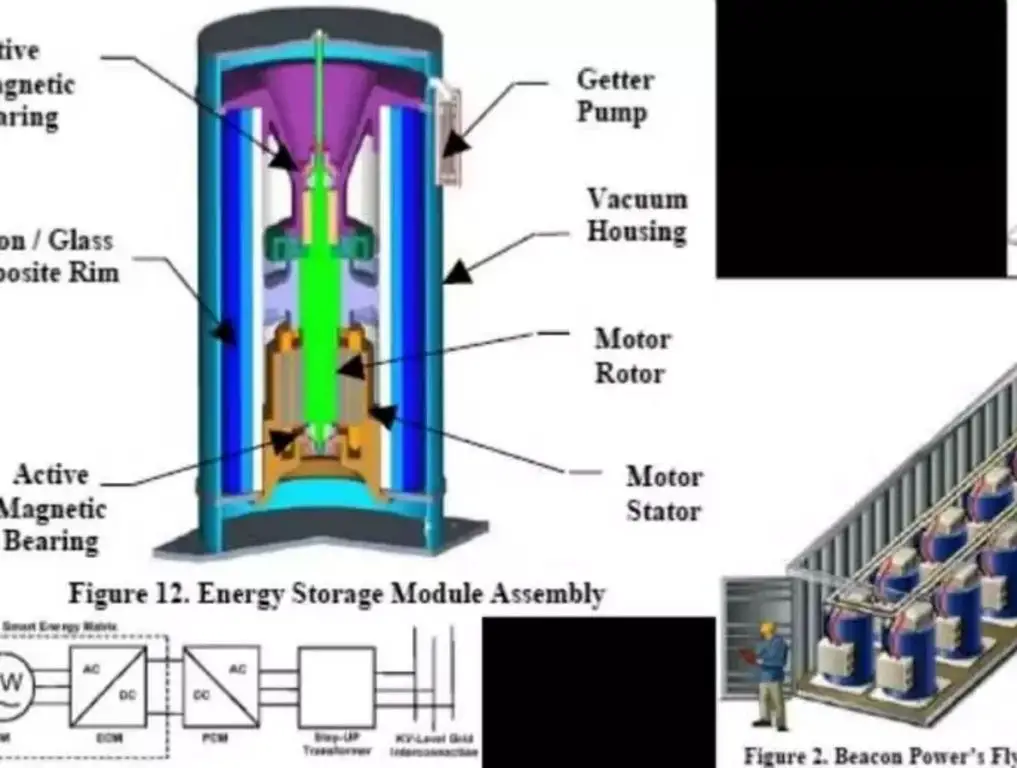
Flywheels are mechanical devices that store energy in the form of rotational inertia. They convert rotational kinetic energy into stored inertial energy by accelerating a rotor (flywheel) to a very high speed. When energy is needed, the flywheel’s rotational speed is reduced, thereby transferring kinetic energy.
The amount of energy stored in a flywheel is proportional to the square of its rotational speed. The rotor material and shape also affect the energy storage capacity. Flywheels are typically made of high strength carbon composites or steel. The flywheel system is enclosed in a vacuum chamber to reduce friction.
Flywheels have applications in vehicles, uninterruptible power supplies (UPS), and energy storage systems. In vehicles, they are used to smooth out power delivery from the engine. In UPS systems, flywheels provide backup power during blackouts to allow for brief outages without disruption. For large scale energy storage, flywheels can respond to power demands faster than battery systems. However, flywheels lose their stored energy relatively quickly due to friction losses.
Compressed Air
Compressed air energy storage works by using surplus electricity to compress air, which is then stored in underground caverns or pipes. When electricity is needed, the pressurized air is released to power an expansion turbine, converting the potential energy back into electricity.
Compressed air functions like a spring – energy is stored in the compression of the gas. Air is compressed using compressors and stored in pipes or underground caverns. The larger the volume, the more energy can be stored. Underground salt caverns, aquifers and depleted oil/gas fields are typically used for large-scale compressed air storage. Smaller above-ground pipe storage vessels are used for smaller applications.
To release the stored energy, the pressurized air is heated (which causes it to expand) and then run through an expansion turbine to generate electricity. The air pressure creates kinetic energy to spin the generator. Compressed air storage is generally more than 50% efficient and has a quick response time for energy discharge.
The main advantage of compressed air is its low environmental impact and geographic flexibility. Air can be stored in many locations underground or above ground. The main limitations are low energy density and the lost energy from the heat of compression. Overall, compressed air provides a unique medium to store energy with minimal geographic constraints.
Pumped Hydroelectric Energy Storage
Pumped hydroelectric storage plants store energy in the form of gravitational potential energy of water. During periods of low energy demand, excess electric power is used to pump water from a lower elevation reservoir to a higher elevation. When demand for energy is high, the stored water is released back down to the lower reservoir through a turbine, generating electricity via hydropower.
Pumped hydro is currently the largest-capacity form of grid energy storage available, with more than 90% of all storage capacity worldwide. The round-trip energy efficiency of pumped hydro facilities is between 70-80%, making it a highly efficient storage method.
The amount of energy that can be stored in a pumped hydro plant is proportional to the height difference between the upper and lower reservoirs as well as their capacities. Reversible turbine/pump assemblies act as both turbine and pumps. Operation is simple and flexible – water can be held in the upper reservoir indefinitely until needed for generation or pumped back to the lower reservoir when electricity demand is low.
Thermal
Thermal energy storage takes advantage of temperature differences to store energy. It works by heating or cooling a storage medium so that the stored energy can be used at a later time to perform useful operations like heating homes or generating electricity.
There are two main types of thermal storage systems: molten salt storage and ice storage. Molten salt storage operates at high temperatures, typically around 600°C. A common molten salt mixture used is sodium nitrate and potassium nitrate. To charge the storage system, the molten salt is heated using excess electricity from the grid or concentrated solar power. The hot salt is then stored in insulated tanks. When electricity is needed, heat from the hot salt is used to generate steam to spin a turbine. This allows electricity to be produced on demand.
Ice storage operates by producing ice when electricity prices are low. The ice acts as a ‘battery’ to store energy in the form of cooling capacity. When electricity prices are high during the day, the ice is melted to provide cooling for air conditioning systems. This shifts the energy load away from peak times and allows buildings to save on their electricity bills. The most common ice storage design uses water or a brine solution in tanks that alternate between freezing and melting.
Hydrogen
Hydrogen gas has a high energy density by weight, but low energy density by volume. It stores chemical energy through its atomic bonds that can be released when hydrogen combusts or oxidizes to form water. The energy is stored in the bonds between hydrogen and oxygen atoms. When these bonds are broken, through a reaction with oxygen, the stored energy is released as heat energy.
Hydrogen is commonly used as an energy storage medium in fuel cells. A fuel cell generates electricity through an electrochemical reaction by combining hydrogen and oxygen. Fuel cells provide a clean source of electricity, with water as the only byproduct. The hydrogen fuel can be produced through electrolysis using renewable electricity, creating an emission-free energy storage system.
Conclusion
Energy storage devices are essential for capturing and holding energy that would otherwise be lost, such as from renewable energy sources. This provides a supply of power when it is needed. There are various types of energy storage devices with their own strengths and limitations.
Batteries, capacitors, fuel cells, flywheels, compressed air, pumped hydro, thermal storage, and hydrogen storage were all discussed. Batteries and capacitors store electrical charge chemically and electrostatically. Fuel cells convert hydrogen and oxygen into electricity. Flywheels and compressed air store kinetic energy. Pumped hydro and thermal storage use gravity and temperature differentials. Hydrogen is an energy carrier that can store chemical energy.
Each technology has advantages and disadvantages in areas like capacity, efficiency, lifespan, environmental impact, and costs. Ongoing research aims to improve their performance and capabilities. Developments in energy storage will facilitate greater adoption of renewable energy and support sustainable energy systems.
Energy storage innovations are vital for transitioning away from fossil fuels, reducing greenhouse gas emissions, and building resilient, efficient clean energy grids. Continued investment and progress in storage technologies will be key in shaping our energy future.

